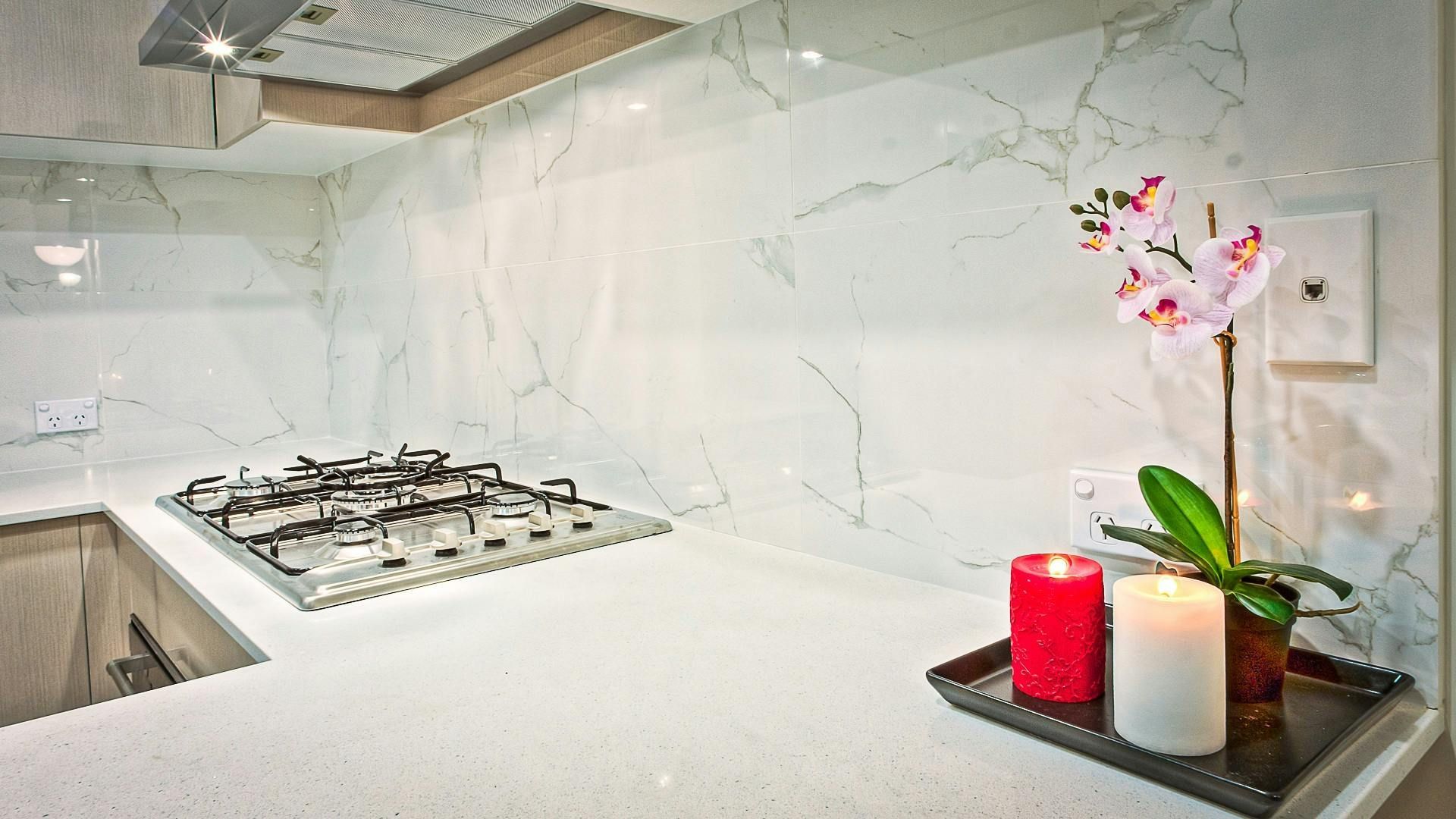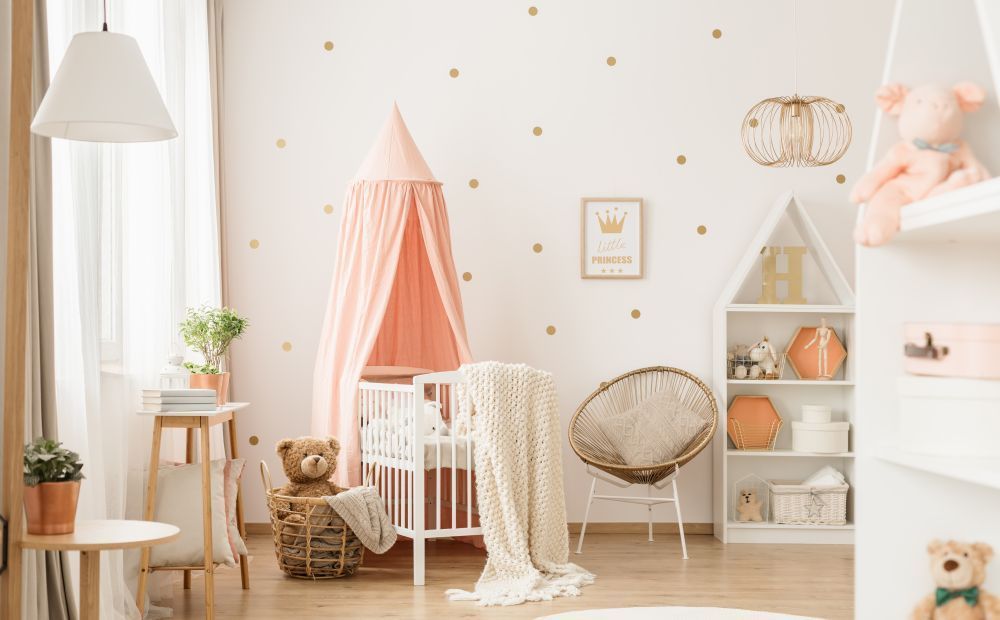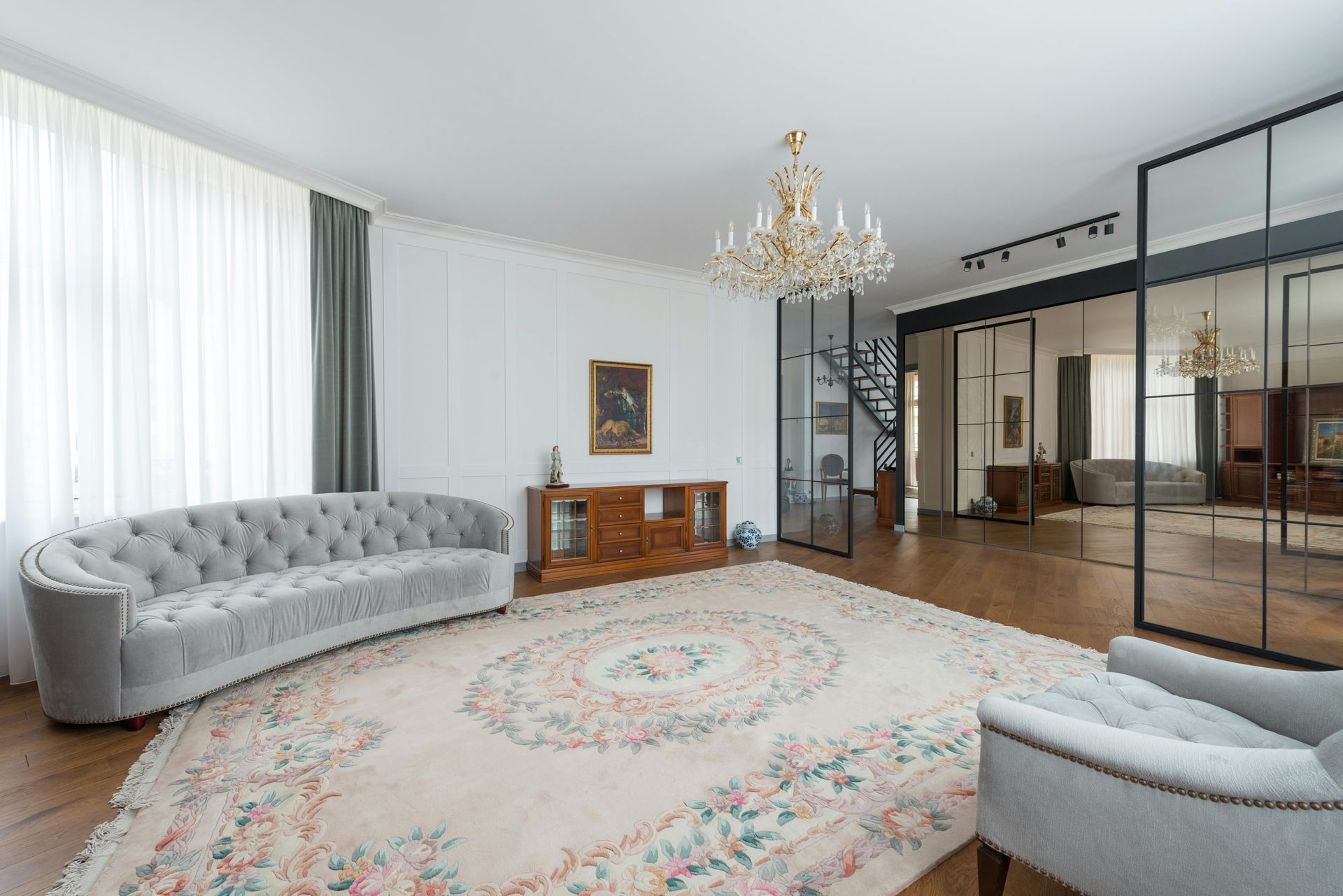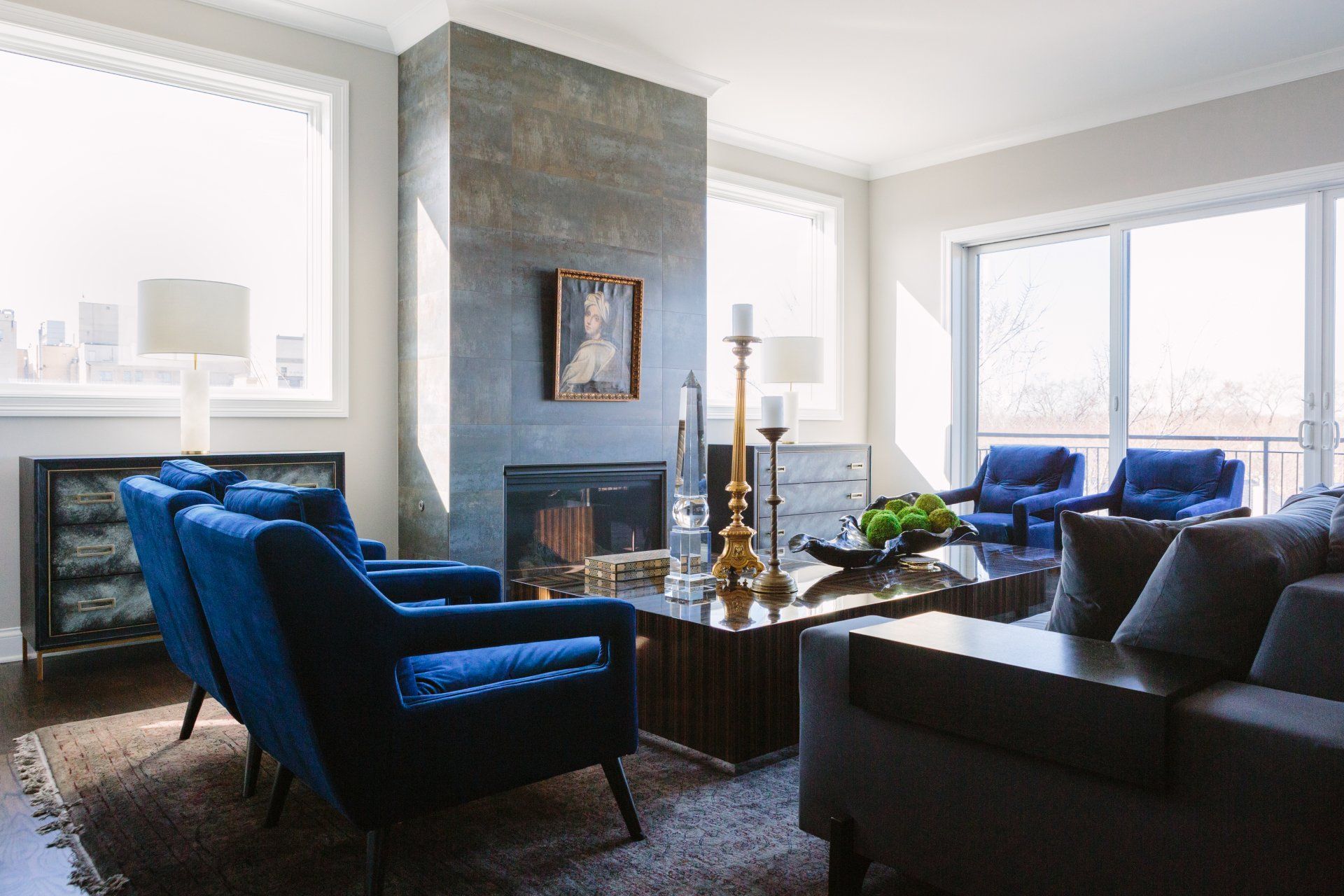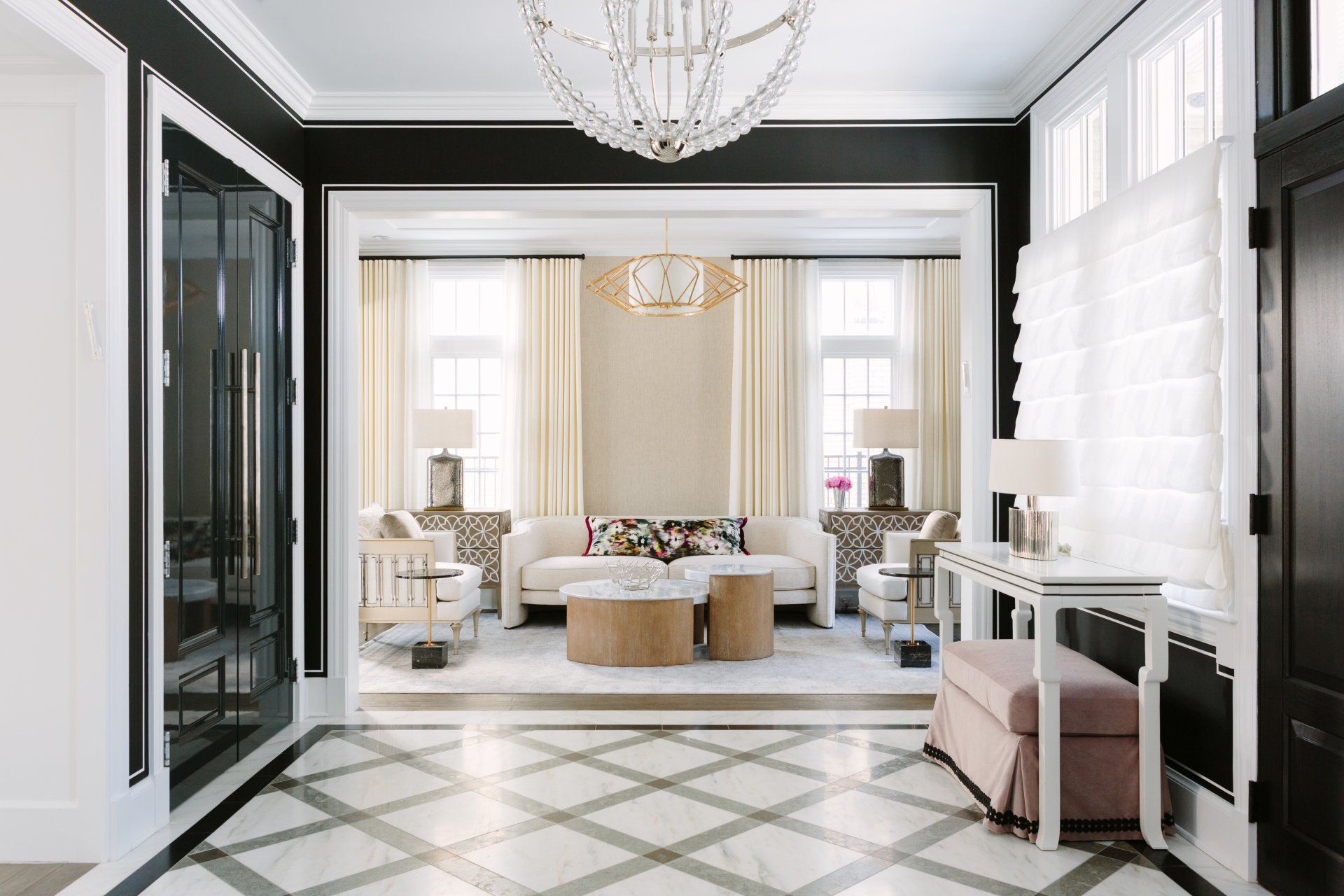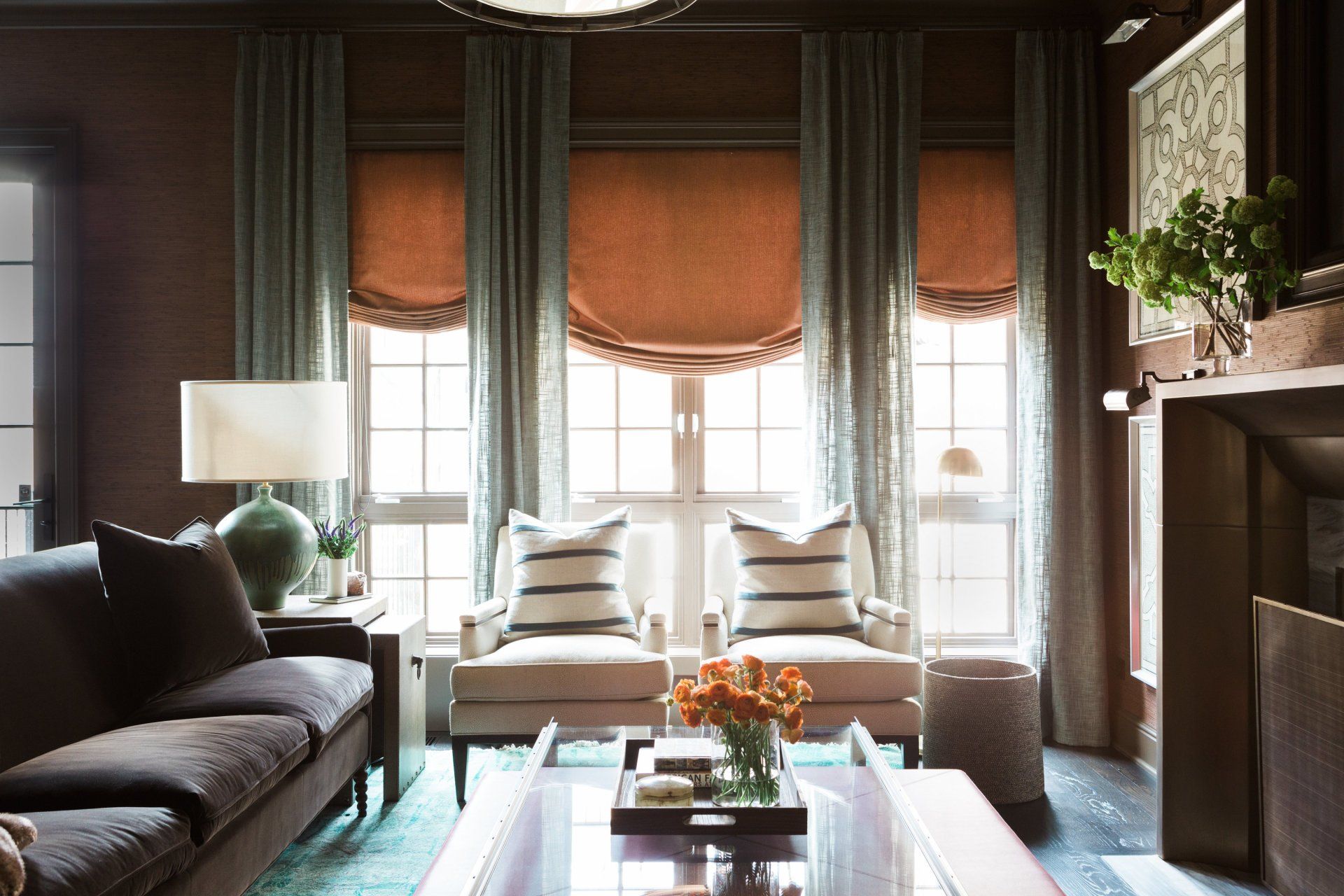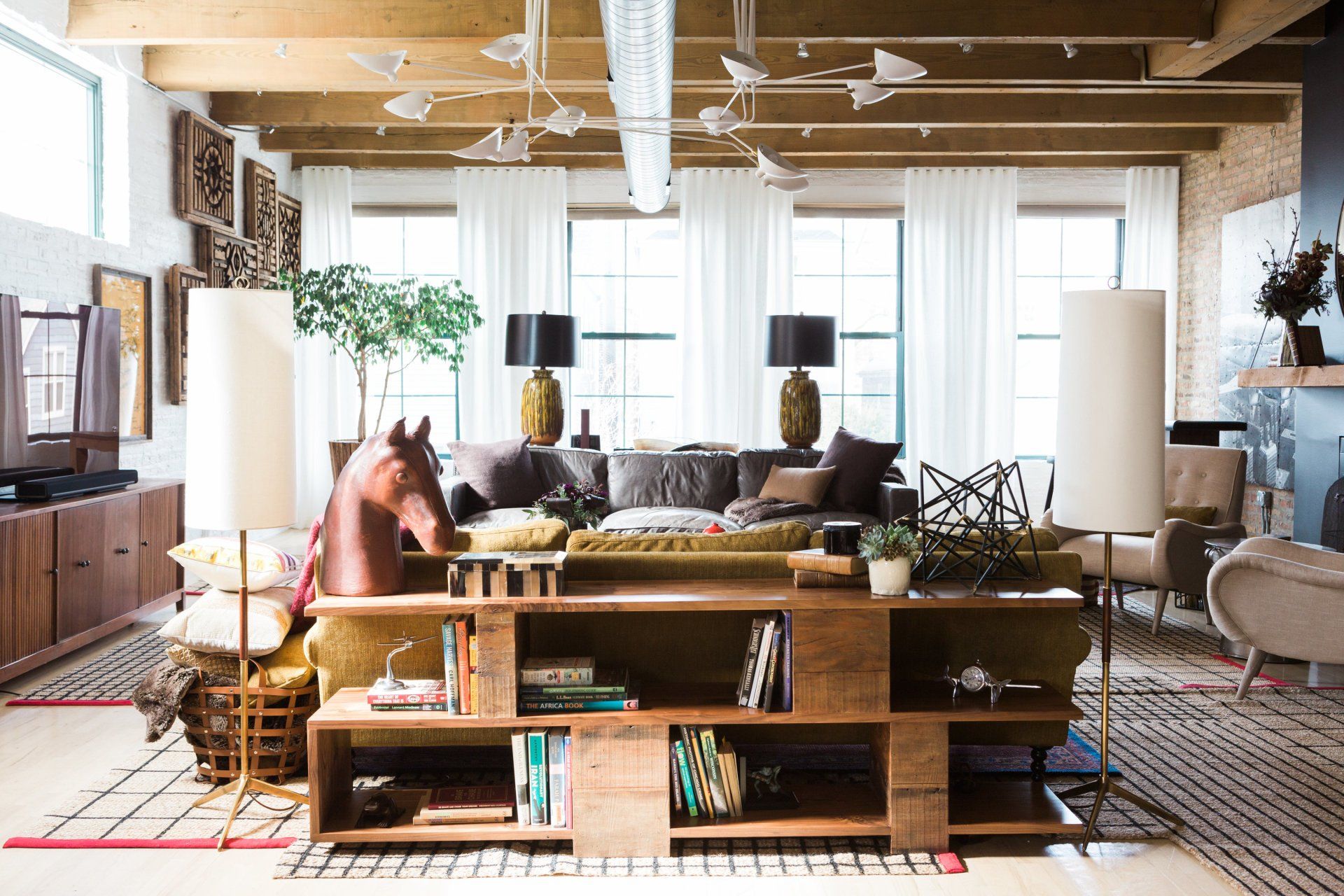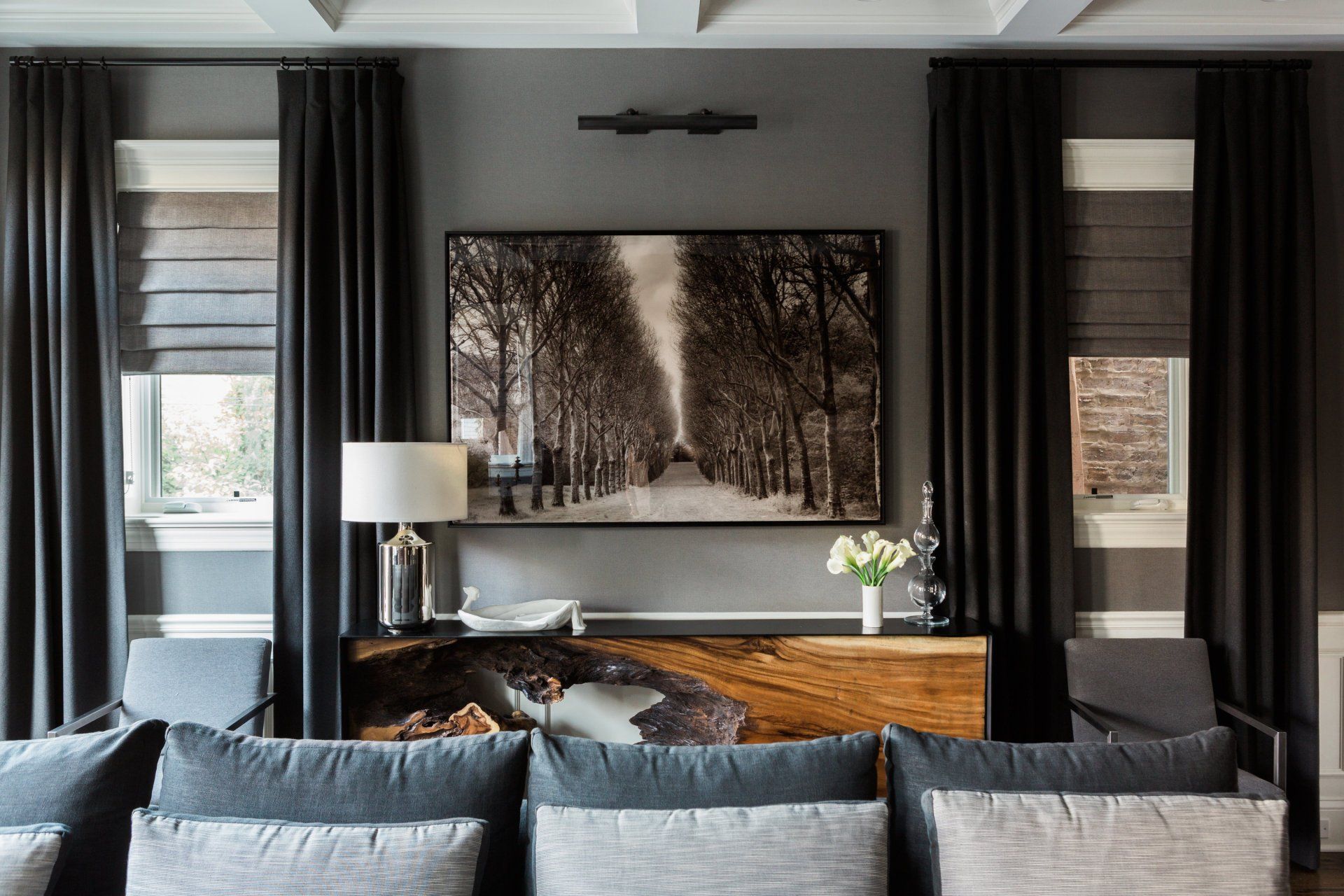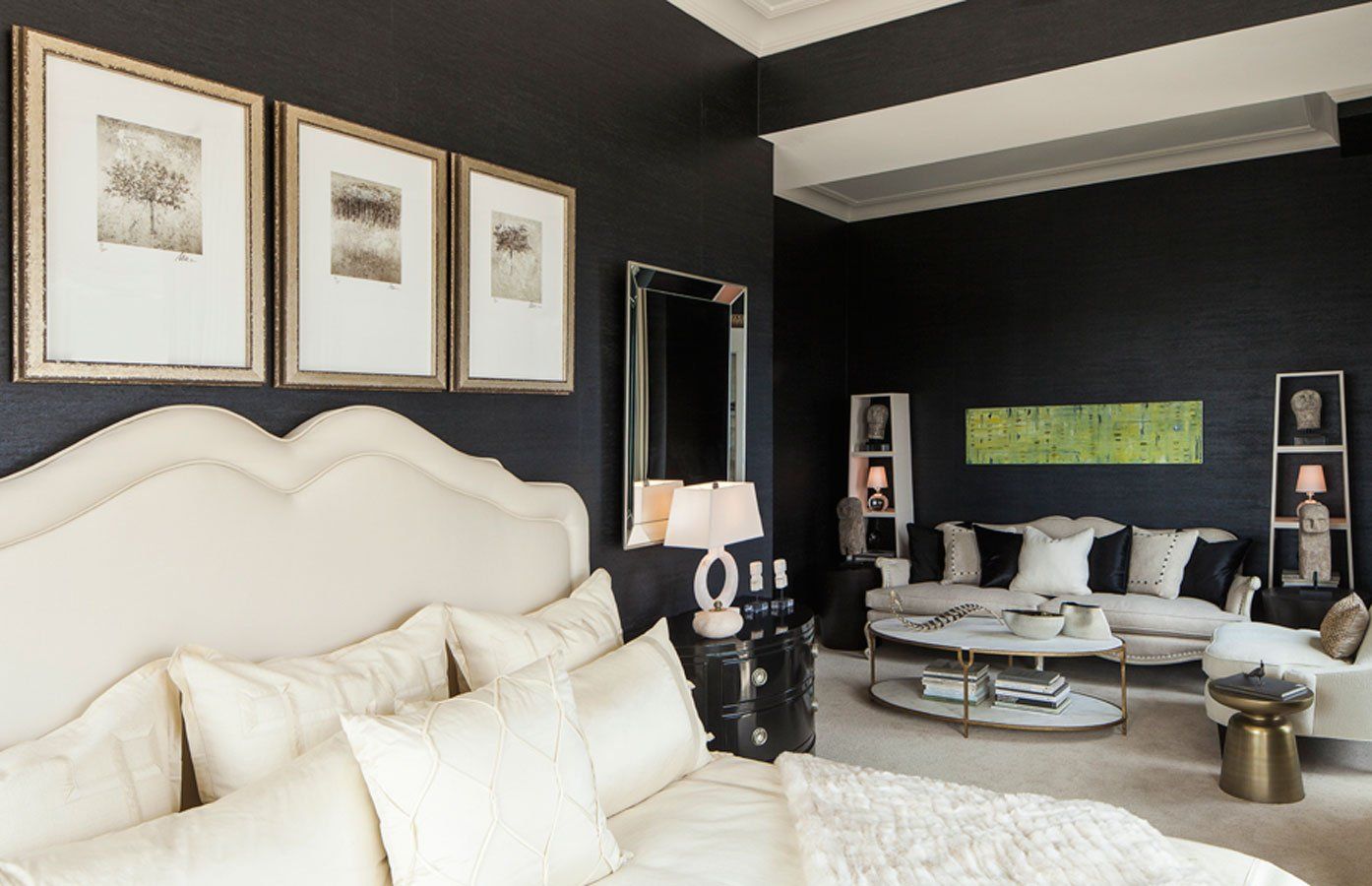Designing a Kid-Friendly Home Without Sacrificing Style
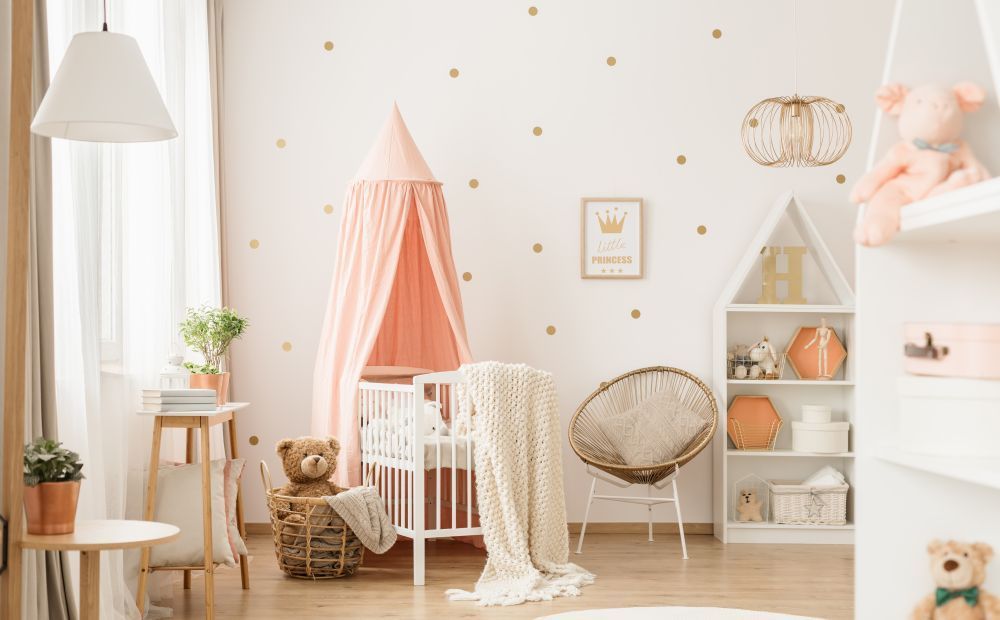
Creating a kid-friendly interior design that balances safety, functionality, and style is essential for a home that caters to the needs of both children and adults. It’s possible to design a space that is both stylish and conducive to a family-friendly environment, allowing for a seamless blend of aesthetics and practicality.
1. Choose Durable Fabrics
When it comes to kid-friendly interior design , selecting durable and stain-resistant fabrics is a must. Opt for materials like microfiber or leather that can withstand spills, stains, and wear. Teflon-coated fabrics are also a great choice, as they offer protection against spills and are easy to clean. For an added layer of protection, consider furniture with removable covers that can be washed as needed.
2. Incorporate Rounded Furniture
Safety is paramount in a home with children. Rounded furniture edges are a key component of child-safe home decor. Sharp corners on coffee tables, chairs, and other pieces can pose a hazard to young children. Instead, choose furniture with rounded edges to reduce the risk of injuries. Not only does this add an element of safety, but it also creates a softer, more inviting look in your home.
3. Create Ample Storage Solutions
Children come with a lot of stuff—from toys and books to clothes and school supplies. To maintain a stylish family home, it’s important to incorporate plenty of storage. Built-in shelves, storage benches, and ottomans with hidden compartments are excellent options for keeping your home clutter-free. By integrating storage into your kid-friendly interior design, you can keep your space organized while maintaining a sleek aesthetic.
4. Opt for Easy-to-Clean Surfaces
A kid- friendly interior designshould also include surfaces that are easy to clean. This applies to everything from countertops to flooring. Consider using materials like quartz or granite for countertops, as they are both durable and easy to wipe down. For flooring, laminate, vinyl, or tile are excellent choices that can withstand spills and scratches. Avoid materials like marble or wood that may require more maintenance and are prone to damage.
5. Design Multi-Functional Spaces
When designing a home that accommodates both style and functionality, multi-functional spaces are key. For example, a living room can double as a playroom by incorporating furniture that serves multiple purposes. A stylish coffee table with storage can house toys, while a sleek sofa bed can provide extra sleeping space for guests. Functional spaces for families ensure that your home is adaptable and practical for every member of the family.
6. Incorporate Playful Yet Elegant Decor
Just because you’re designing a home with childrenin mind doesn’t mean you have to sacrifice style. Playful yet elegant decor can add a touch of whimsy to your space while still maintaining a sophisticated look. Think of using vibrant colors, fun patterns, and unique artwork to create a lively atmosphere. At the same time, balance these playful elements with more subdued tones and classic pieces to keep the overall design cohesive and chic.
7. Prioritize Child-Safe Home Decor
Safety should always be a top priority in any kid-friendly interior design. This includes choosing decor that is free of small, detachable parts that could pose a choking hazard and avoiding items made from fragile materials like glass. Instead, opt for decor that is sturdy and child-proof, such as shatterproof picture frames, soft rugs, and padded furniture. Child-safe homedecor doesn’t have to be boring—there are plenty of stylish options available that cater to both aesthetics and safety.
8. Invest in Durable Interior Design
To ensure your home can withstand the wear and tear that comes with family life, invest in durable interior design. This means choosing furniture, flooring, and other materials that are built to last. High-quality pieces may come with a higher price tag, but they will save you money in the long run by reducing the need for replacements. Durable design doesn’t mean compromising on style; many durable materials are available in a wide range of styles to suit your taste.
9. Future-Proof Your Design Choices
As your children grow, their needs and preferences will change. A kid-friendly interior design should take future growth into account. Consider opting for flexible layouts and furniture that can adapt to different stages of life. For instance, an open-plan living space may be ideal for young children, while partitioned areas might be more suitable for older kids seeking privacy. By future-proofing your home, you create a space that evolves with your family.
10. Incorporate Family-Friendly Technology
In today’s digital age, technology plays a significant role in home design. Kid-friendly interior design can be enhanced by incorporating technology that makes life easier for both parents and children. For example, smart home systems can help you monitor your home’s safety, while child-friendly devices like tablets or smart speakers can provide entertainment and educational opportunities. Just be sure to choose technology that is safe and easy for children to use.
FAQs
1. How can I make my living room kid-friendly without sacrificing style?
To create a kid-friendly yet stylish living room, opt for durable fabrics, rounded furniture, and plenty of storage. Incorporate playful decor elements in a way that complements the overall aesthetic. Multi-functional furniture, such as storage ottomans or coffee tables with hidden compartments, can help keep the space organized and clutter-free.
2. What materials are best for a kid-friendly home?
Materials that are durable, easy to clean, and resistant to spills and stains are ideal for a kid-friendly home. Consider using microfiber, leather, or Teflon-coated fabrics for upholstery, and opt for laminate, vinyl, or tile flooring. Quartz or granite countertops are also excellent choices for kitchens and bathrooms.
3. How can I make my home safe for children?
Safety is key in a kid-friendly interior design. Choose furniture with rounded edges, opt for child-safe decor, and avoid fragile materials. Incorporate plenty of storage to keep the space clutter-free and reduce tripping hazards. Consider using child-proof locks on cabinets and securing heavy furniture to the walls to prevent tipping.
Conclusion
Designing a kid-friendly interior design that doesn’t compromise on style is entirely possible with careful planning and thoughtful choices. By focusing on durability, safety, and functionality, you can create a beautiful and practical space that caters to the needs of your entire family. Incorporating playful yet elegant decor, multi-functional spaces, and future-proof designs ensures that your home remains stylish and adaptable as your family grows.
Ready to create your dream family home? Visit Anthony Michael Interior Design to learn more about our services and start your journey towards a stylish, kid-friendly home today.